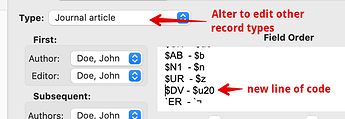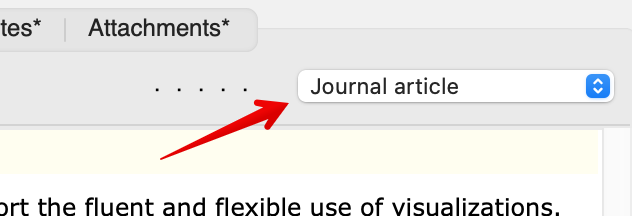I am thinking about organizing my Bookends references so that field u20 (user 20) contains a link to the reference in DevonThink so I have two-way links between BE and DT. So a typical u20 field is of the form x-devonthink-item://B84B9141-EA32-4D11-901F-5DC1322D4FAC. Now to link with TB.
How could I make this appear as a clickable URL alongside the Bookends URL and the reference URL that are already there? I have modified the Bookends RIS format to include the field, so the information is in Tinderbox (it is in the main text of the Note as DT - x-devonthink-item://B84B9141-EA32-4D11-901F-5DC1322D4FAC. I needs some way to identify the information and place it is in an attribute and tell TB that the attribute is a URL.
If extra URLs cannot be created, I could uses the ReferenceURL attribute, because I do not often want to go back to that, and if I do, I can easily go via DT or BE.
(One way would be to modify the RIS format to export u20 as UR, but I do not want to do that because the RIS format is used for other purposes, such as exporting from BE to DT. I am assuming that adding things to RIS does not cause any problem, but changing something might.)
Of course, as things stand, I can get from TB to DT, going via BE, but it would seem more elegant to be able to go directly.



